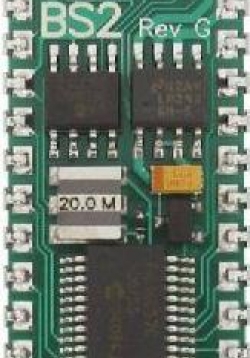Dual Axis Light Tracking
Students will take the previous lesson and apply them in creating a light tracker with two degrees of freedom. The axis of rotation will be about the horizontal and vertical. Teams will have everything they need to make this build work. They have already...
Integrating Solar Power
At this point students should have a working robotic sunflower that will track the sun with 2 degrees of freedom. This next lesson powers the whole system with a photovoltaic module. A Zener diode is used to charge a 6V motorcycle battery which then...
Circuit Analysis With Solar Energy: Measure the Power Consumed by Various Devices
Students will set up a simple circuit using a solar module and three small loads. They will then use a multimeter to measure the voltage across each load and the current through each circuit. Students will then calculate the power consumption and...
Using a Multimeter to Analyze a Solar Circuit: Measuring Current and Voltage—Calculating Power and Resistance
Students will set up a simple circuit using a multimeter and a load resistor to measure the voltage and current in the circuit. Students will learn to use a multimeter, learn how to calculate power and be introduced to Ohm’s Law. This activity provides a...

